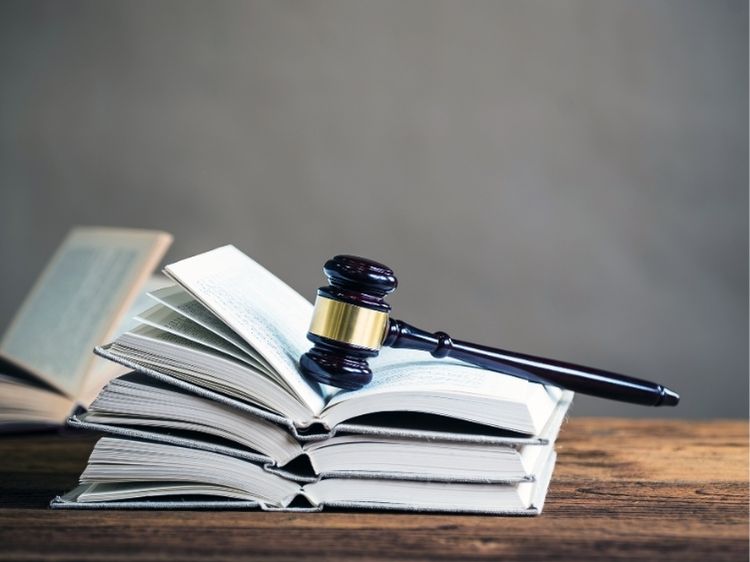When you purchase a product, you trust it to function properly and safely. But what happens when things go wrong? This is where negligence and product liability come into play. These legal concepts protect consumers from harm caused by defective or dangerous products. Whether it’s a malfunctioning appliance, a faulty car part, or a hazardous toy, understanding negligence and product liability can help you navigate your legal rights.
In this article, we’ll dive deep into the meaning of negligence and product liability, their differences, and how they intersect. We’ll also answer common questions about these legal terms and provide real-life examples to illustrate how they apply in various situations.
What is Negligence?
Negligence occurs when someone fails to exercise reasonable care, resulting in harm to another person. In legal terms, negligence can be defined as a failure to act in a way that a reasonably prudent person would under similar circumstances. When applied to product liability, it means the manufacturer, distributor, or retailer did not take appropriate measures to ensure the safety of a product.
Key Elements of Negligence
To prove negligence, the following elements must be established:
- Duty of Care: The defendant (e.g., the manufacturer) owed a duty to ensure the safety of the product.
- Breach of Duty: The defendant breached that duty by failing to follow standard safety practices.
- Causation: The breach directly caused the plaintiff’s injury.
- Damages: The plaintiff suffered harm or losses due to the defective product.
For instance, if a car manufacturer fails to recall a known faulty brake system and it causes an accident, that’s negligence in action.
What is Product Liability?
Product liability refers to the legal responsibility of manufacturers, distributors, and sellers to compensate consumers for harm caused by defective products. While negligence plays a role, product liability doesn’t always require the injured party to prove the manufacturer was negligent.
Product liability claims are typically based on three types of defects:
- Design Defects: These occur when a product is inherently unsafe due to its design, even when manufactured correctly.
- Manufacturing Defects: These defects occur during the production process, resulting in a flawed product that differs from the intended design.
- Marketing Defects (Failure to Warn): These arise when a product lacks adequate warnings or instructions, leading to misuse and injury.
In some cases, product liability is strict. That means the injured party doesn’t need to prove negligence; they only need to show the product was defective and caused harm.
The Intersection of Negligence and Product Liability
Negligence and product liability often overlap but serve different purposes in legal claims. While negligence focuses on the conduct of the defendant (did they fail to act reasonably?), product liability emphasizes the condition of the product (was it defective?).
For example, if a manufacturer knowingly used a substandard material that led to a defect, the case could involve both negligence and product liability. In this scenario, the manufacturer’s actions were negligent, and the product was also defective, making them liable under both legal concepts.
Examples of Negligence and Product Liability Cases
- Automotive Defects
- A car’s airbags fail to deploy during an accident, resulting in severe injuries. If it’s proven that the manufacturer was aware of this defect but did nothing, they could be held liable for negligence. Additionally, if the airbags were defectively manufactured, the case would also involve product liability.
- Dangerous Children’s Toys
- A toy designed for toddlers contains small parts that present a choking hazard. If the manufacturer did not provide a warning about the risk, they could be liable for both negligence (failing to warn) and product liability (design defect).
- Faulty Appliances
- A consumer purchases a blender that malfunctions and causes injury. If the defect was due to poor-quality materials used during production, the manufacturer could face product liability for a manufacturing defect, even if there was no negligence involved.
Proving Negligence in Product Liability Cases
Proving negligence in a product liability case can be complex, but it often hinges on the manufacturer’s failure to follow safety standards. Here are some ways negligence may be proven:
- Failure to conduct proper testing: Manufacturers have a responsibility to test their products to ensure they meet safety standards.
- Ignoring known defects: If a company is aware of a defect but chooses not to address it, this could constitute negligence.
- Inadequate warnings: A manufacturer’s failure to include necessary safety warnings or instructions can lead to a negligence claim.
FAQs About Negligence and Product Liability
Q: Can I sue for negligence if I’m injured by a defective product?
A: Yes, if you can prove that the manufacturer, distributor, or retailer failed to act reasonably in ensuring the product’s safety, you may have a negligence case.
Q: What’s the difference between strict liability and negligence in product liability cases?
A: In strict liability cases, you don’t need to prove the manufacturer was negligent—only that the product was defective. In negligence cases, you must show that the defendant failed to take reasonable care in making the product safe.
Q: Can I file both a negligence and product liability claim?
A: Absolutely! Many product liability cases involve both negligence (the company’s behavior) and product liability (the defective product). Your lawyer can help determine which claims are appropriate based on your situation.
Q: Do I need expert testimony in a negligence or product liability case?
A: Expert testimony is often necessary to establish that a product was defective or that the manufacturer’s actions were negligent. Experts can provide insights on industry standards and how the defendant’s actions fell short.
Conclusion: Protecting Consumers From Negligence and Product Liability
Understanding negligence and product liability is key to protecting your rights as a consumer. Whether a product is defective due to poor design, a manufacturing error, or lack of warnings, knowing the difference between negligence and product liability can help you take the appropriate legal action if you’re injured.
Manufacturers have a duty to ensure their products are safe for use, and when they fail to meet that duty, consumers have the right to seek compensation. By proving negligence or filing a product liability claim, you can hold companies accountable and receive the justice you deserve.
If you believe you’ve been injured due to a defective product, it’s essential to consult with a legal professional who specializes in negligence and product liability cases. They can help you navigate the complexities of these claims and build a strong case.


